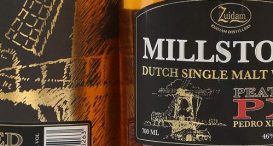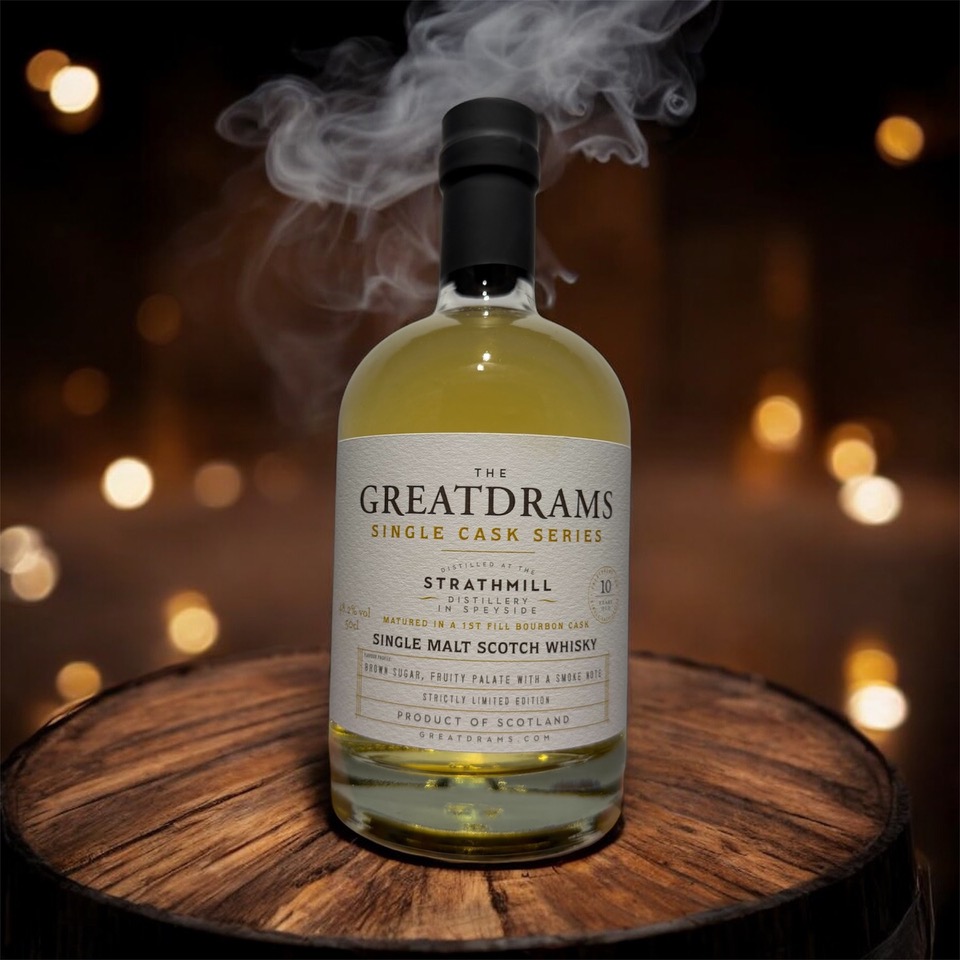Does the whisky du jour track with societal change? A thoughtpiece…
let’s begin
A lot of what I do is rooted in consumer understanding; no successful brand can be built on anything else. You can have an amazing product but if it does not answer a consumer need or connect on both a rational or emotional level with consumers, well, you’re not going to get many sales.
It was whilst thinking about societal change to help a global blended Scotch client of mine reconnect with consumers that I noticed how blends and single malt have, strangely, tracked with how society and British / Western culture has evolved.
So, whilst single malts are most often seen as the premium and super premium expressions nowadays, they have only been commercially available since the early 1960s, and took a while to get going in terms of case volume sales.
The early days - pre-1970s
Prior to single malt world domination, the British Empire was united, the Commonwealth was relevant and subsequent generations of the British public were more likely to accept authority and were more ‘compliant’ and unchallenging of the norm. Remember I’m talking about the mass consumer here, not the pioneers or innovators that champion each generation.
It was now that the ‘all in it together’ mindset of the British public were more into their blends, which inherently are formed by, tenuously, multiple malt and grain whiskies working together in harmony in each bottle.
That sense that we are all striving to get through and to accept each other’s differences for the greater good, which is roughly how blends work. Having created a couple of blends over the years I can tell you that the slightest change in inputs can have a huge effect, yet by striving for balance you create something that is successful, if maybe unremarkable.
The 'look at me' era - 1970s - 2000s
You know what I mean; Sloane Rangers, the rise of celebrity culture, the hero’ing of sports stars versus sports teams, the Champagne Charlies and the challengers.
Prosperous times, people became champions of their own destinies and society splintered into 50+ million individuals who were not up for conforming, not up for saying no, only up for being all they can be.
This period was all about independence and self promotion leading to self reliance.
And during this time the single malt rose to dominance in both price point and as statements in the whisky cabinet or bar.
See where I’m going with this?
From many component parts working together in harmony – blends – to specific distillery and vintage characters standing out and developing their own personalities, just how society and culture evolved.
Back in it together? Or a splintered society? - 2010 - 2016
In more recent times society has taken a few big hits with double dip recessions, dismal World Cup performances and referendums a plenty.
There is a lot of change, change leads to uncertainty, uncertainty leads to societal splits – the masses who are risk adverse in order to get through and a smaller group of risk takers who seek to be all they can be, evolving their thinking and even look to match new opportunities they are involved in.
Which is exactly how whisky is going; blends make up over 90% of the whisky market yet the single malt brands that are pumping tens of millions into their distillery expansions are getting a lot of the plaudits due to their unique characters and, at a leap, ballsy attitude towards flavour profiles.
Regardless of whether a whisky is a blend or a single malt, much like the trend of disposable fashion, they all update their packaging to retain and reinstall relevance in the market roughly every two years.
The post-Brexit era - 2016 onwards
Then they said it would all change following the UK’s vote to leave the EU. But has it? I’m not so sure; short term there will be even more uncertainty but with a weakening pound, the big producers who have hedged their accounts in both Dollars and Pounds will be fine. There will also be an increase in whisky auction investors and prices as foreign buyers make use of their increased spending power now the Pound has hit a 31-year low against the Dollar.
Consumers will also be looking to shore up their finances so the middle-ground will likely be squeezed a touch, whereas investors will be buying more as whisky investment returns have beaten anything available on the high street for the last few years so why the hell not?
I have a feeling we will see a lot more lower-end whiskies being consumed as wallets are pre-emptively closed until the post-Brexit picture becomes clearer, maybe the ‘premium, but not quite super-premium’ segment of whisky market will decline, maybe leading to a more polarised market where you have tonnes of whiskies being touted as premium and extra-special expressions in the sub-£50 price bracket, then loads comfortably in the mid to high triple figures.
Or I could be wrong… we shall see.
Whilst this is in no way a scientific exploration of the links between societal evolution, nor is it of whisky’s evolution, even in absolute terms there is a tenuous link that is quite interesting on the surface and could have more meaning the more layers down you go… maybe I’ll save that for another day.












